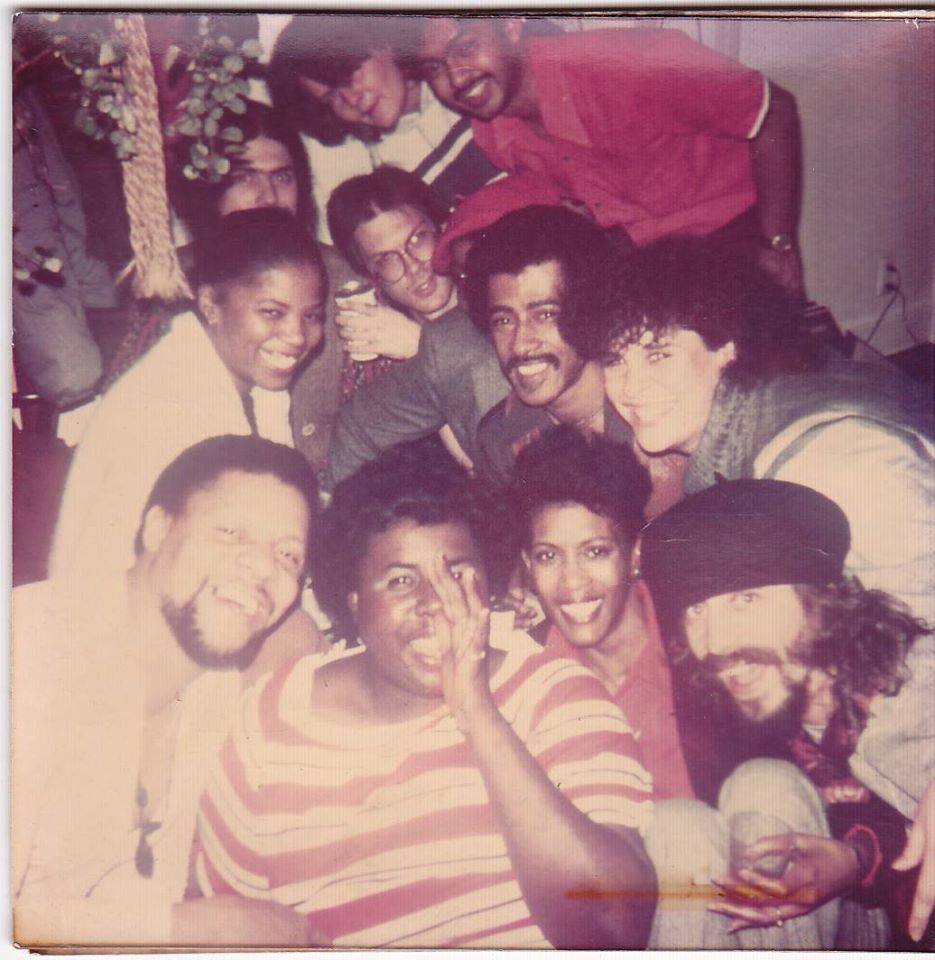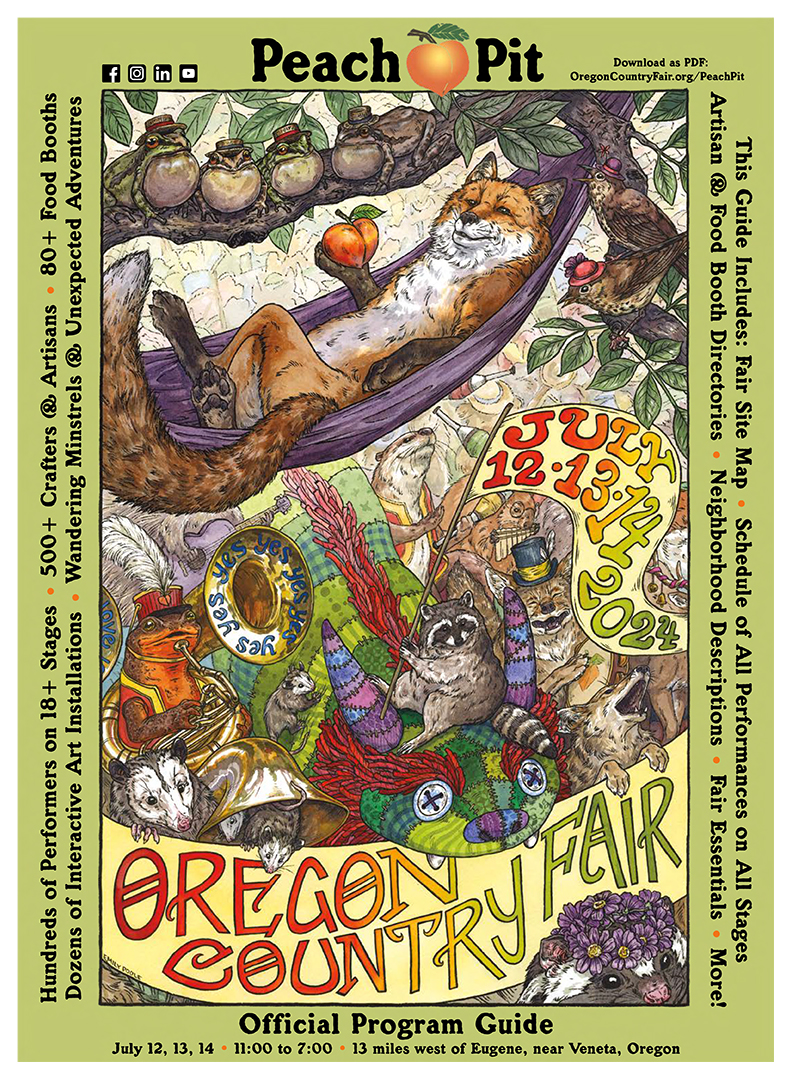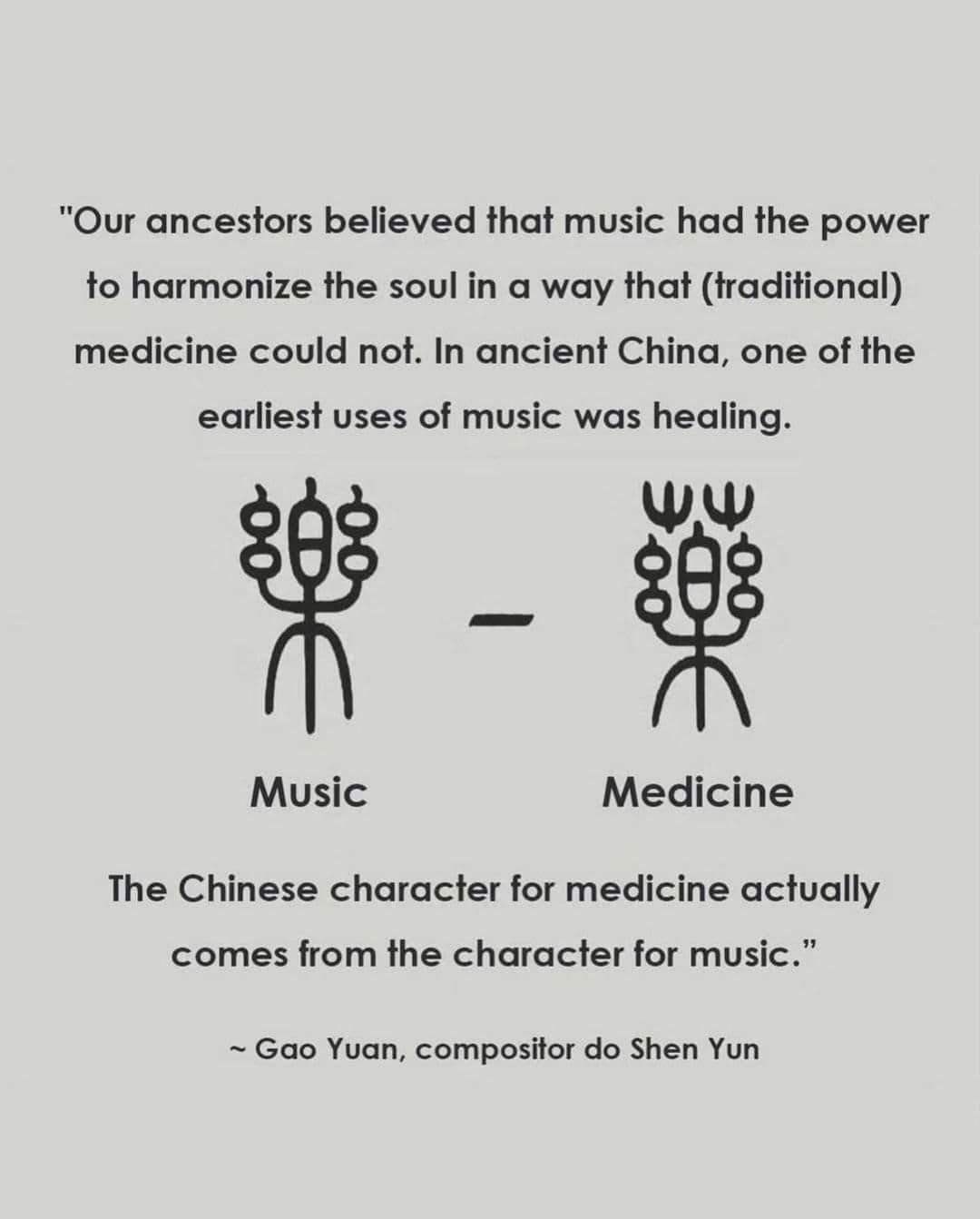Blog
These three bright nebulae are often featured on telescopic tours of the constellation Sagittarius and the crowded starfields of the central Milky Way. In fact, 18th century cosmic tourist Charles Messier cataloged two of them; M8, the large nebula above center, and colorful M20 below and left in the frame. The third emission region includes NGC 6559, right of M8 and separated from the larger nebula by a dark dust lane. All three are stellar nurseries about five thousand light-years or so distant. Over a hundred light-years across the expansive M8 is also known as the Lagoon Nebula. M20’s popular moniker is the Trifid. Glowing hydrogen gas creates the dominant red color of the emission nebulae. But for striking contrast, blue hues in the Trifid are due to dust reflected starlight. The broad interstellar skyscape spans almost 4 degrees or 8 full moons on the sky. 4100ly
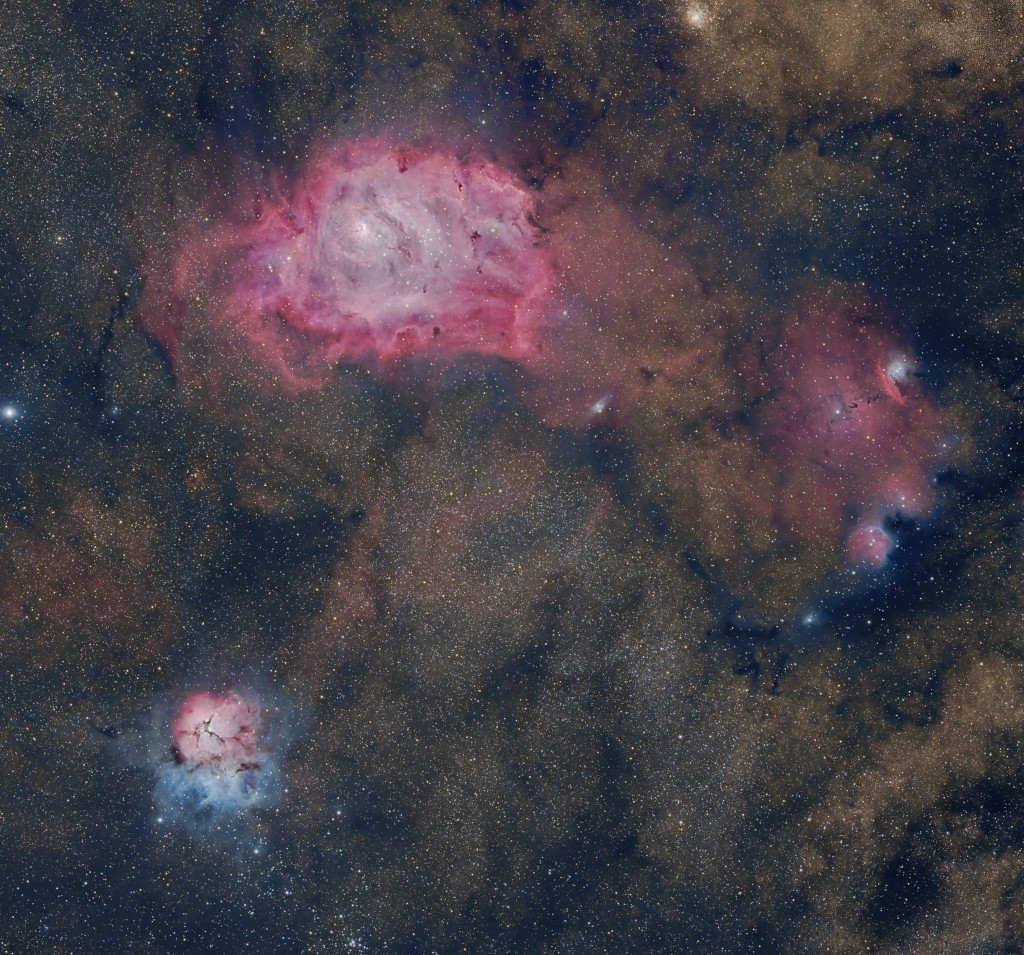
Arlo Davy Guthrie (born July 10, 1947) is an American folk singer-songwriter. He is known for singing songs of protest against social injustice, and storytelling while performing songs, following the tradition of his father, Woody Guthrie. Guthrie’s best-known work is his debut piece, “Alice’s Restaurant Massacree“, a satirical talking bluessong about 18 minutes in length that has since become a Thanksgiving anthem. His only top-40 hit was a cover of Steve Goodman‘s “City of New Orleans“. His song “Massachusetts” was named the official folk song of the state, in which he has lived most of his adult life. Guthrie has also made several acting appearances. He is the father of four children, who have also had careers as musicians.
more...Béla Anton Leoš Fleck (born July 10, 1958) is an American banjo player. An acclaimed virtuoso, he is an innovative and technically proficient pioneer and ambassador of the banjo, playing music from bluegrass, jazz, classical, rock and various world music genres. He is best known for his work with the bands New Grass Revival and Béla Fleck and the Flecktones. Fleck has won 17 Grammy Awards and been nominated 39 times.
In 2020, he was inducted into the International Bluegrass Music Hall of Fame as a member of New Grass Revival.
more...Edward Lee Morgan (July 10, 1938 – February 19, 1972) was an American jazztrumpeter and composer. One of the key hard bop musicians of the 1960s and a cornerstone of the Blue Note label, Morgan came to prominence in his late teens, recording with bandleaders like John Coltrane, Curtis Fuller, Dizzy Gillespie, Hank Mobley and Wayne Shorter, and playing in Art Blakey‘s Jazz Messengers.
Morgan stayed with Blakey until 1961 and started to record as leader in the late ’50s. Morgan’s solo recordings often alternated between conventional hard bop sessions and more adventurous post-bop and avant-garde experiments, many of which did not see release during his lifetime. His composition “The Sidewinder“, on the album of the same name, became a surprise crossover hit on the pop and R&B charts in 1964. After a second stint in Blakey’s band, Morgan continued to work prolifically as both a leader and a sideman until his death in 1972.
Edward Lee Morgan was born in Philadelphia, Pennsylvania, United States, on July 10, 1938, the youngest of Otto Ricardo and Nettie Beatrice Morgan’s four children.
Originally interested in the vibraphone, he soon showed a growing enthusiasm for the trumpet. Morgan could also play the alto saxophone. On his thirteenth birthday, his sister Ernestine gave him his first trumpet. His primary stylistic influence was Clifford Brown, with whom he took a few lessons as a teenager. Morgan was killed in the early hours of February 19, 1972, at Slugs’ Saloon, a jazz club in New York City‘s East Village where his band was performing. Following an altercation between sets, Morgan’s common-law wife Helen Moore (a.k.a. Helen Morgan) shot him.
more...Fulton Allen (July 10, 1904 – February 13, 1941), known as Blind Boy Fuller, was an American blues guitarist and singer. Fuller was one of the most popular of the recorded Piedmont blues artists, along with Blind Blake, Josh White, and Buddy Moss.
Allen was born in Wadesboro, North Carolina, United States, one of ten children of Calvin Allen and Mary Jane Walker. Most sources date his birth to 1907, but the researchers Bob Eagle and Eric LeBlanc indicate 1904. After the death of his mother, he moved with his father to Rockingham, North Carolina. As a boy he learned to play the guitar and also learned from older singers the field hollers, country rags, traditional songs and blues popular in poor rural areas.
He married young, to Cora Allen, and worked as a laborer. He began to lose his eyesight when he was in his mid-teens. According to the researcher Bruce Bastin, “While he was living in Rockingham he began to have trouble with his eyes. He went to see a doctor in Charlotte who allegedly told him that he had ulcers behind his eyes, the original damage having been caused by some form of snow-blindness.” Only the first part of this diagnosis was correct. A 1937 eye examination attributed his vision loss to the long-term effects of untreated neonatal conjunctivitis.
more...L1527, shown in this image from NASA’s James Webb Space Telescope’s MIRI (Mid-Infrared Instrument), is a molecular cloud that harbors a protostar. It resides about 460 light-years from Earth in the constellation Taurus. The more diffuse blue light and the filamentary structures in the image come from organic compounds known as polycyclic aromatic hydrocarbons (PAHs), while the red at the center of this image is an energized, thick layer of gases and dust that surrounds the protostar. The region in between, which shows up in white, is a mixture of PAHs, ionized gas, and other molecules.
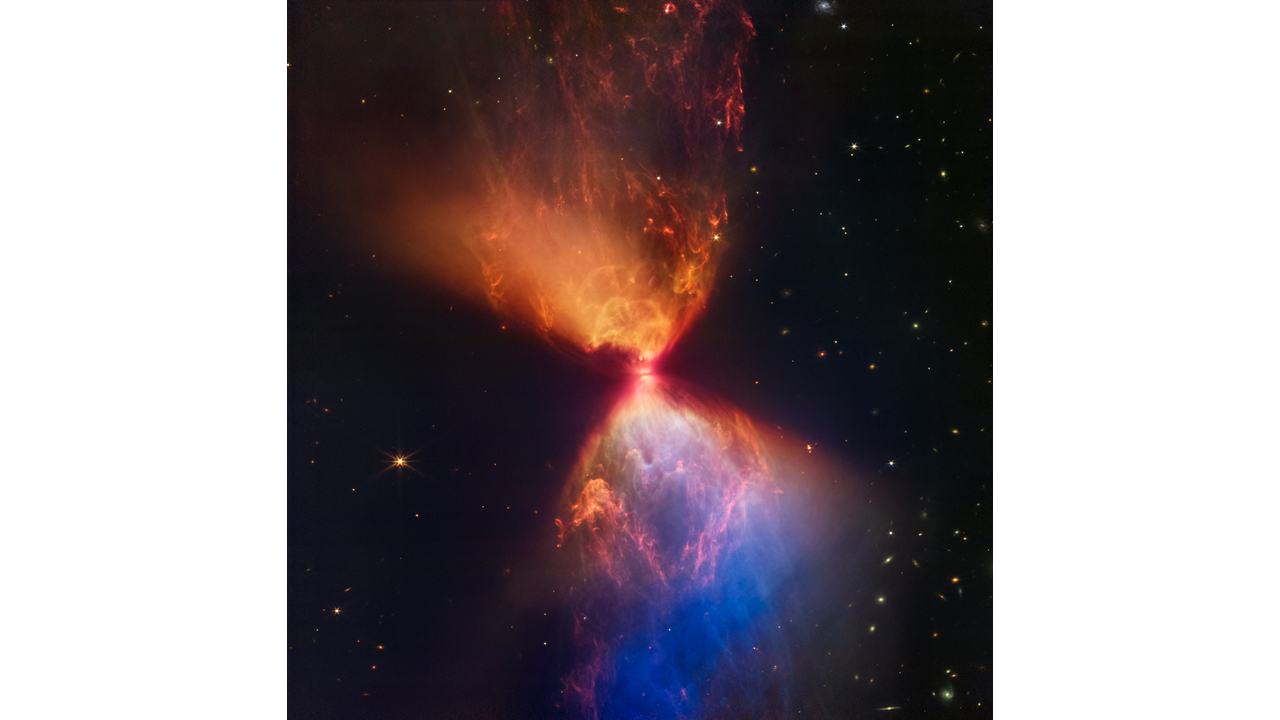
John Graham “Mitch” Mitchell (9 July 1946 – 12 November 2008) was an English drummer and child actor, best known for his work in the Jimi Hendrix Experience, for which he was inducted into the Rock and Roll Hall of Fame in 1992. He was inducted into the Modern Drummer Hall of Fame in 2009. In 2016, Mitchell was ranked number 8 in Rolling Stone magazine’s list of the “100 Greatest Drummers of All Time.
He spent his final days celebrating Hendrix’s music on the 2008 Experience Hendrix Tour. For nearly four weeks the tour travelled on an 18-city tour of the US, finishing in Portland, Oregon. The tour also featured Billy Cox, Buddy Guy, Jonny Lang, Robby Krieger, Kenny Wayne Shepherd, Eric Johnson, Cesar Rosas, David Hidalgo, Brad Whitford, Hubert Sumlin, Chris Layton, Eric Gales, and Mato Nanji.
Five days after the tour ended, Mitchell died in his sleep on 12 November, in his room at the Benson Hotel in Portland of natural causes.[24] Mitchell had been in ill health for many years due to an immune system disorder and cancer. Mitchell had earlier bouts with extreme fatigue but had recovered from them after a few days’ rest in 2007 and 2008.
more...Haydée Mercedes “La Negra” Sosa (Latin American Spanish: ; 9 July 1935 – 4 October 2009) was an Argentine singer who was popular throughout Latin America and many countries outside the region. With her roots in Argentine folk music, Sosa became one of the preeminent exponents of El nuevo cancionero. She gave voice to songs written by many Latin American songwriters. Her music made people hail her as the “voice of the voiceless ones”. She was often called “the conscience of Latin America.
Sosa performed in venues such as the Lincoln Center in New York City, the Théâtre Mogador in Paris, the Sistine Chapel in Vatican City, as well as sold-out shows in New York’s Carnegie Hall and the Roman Colosseum during her final decade of life. Her career spanned four decades and she was the recipient of six Latin Grammy awards (2000, 2003, 2004, 2006, 2009, 2011), including a Latin Grammy Lifetime Achievement Award in 2004 and two posthumous Latin Grammy Award for Best Folk Album in 2009 and 2011. She won the Premio Gardel in 2000, the main musical award in Argentina. She served as an ambassador for UNICEF.
more...Into the Woods tech week opening this Friday July 12th 2024 7pm thru July 21st 5pm @ Caponi Art Park in Eagan. Music by Raymond Berg, Lyra Olson, Paul Fonfara and mick laBriola.
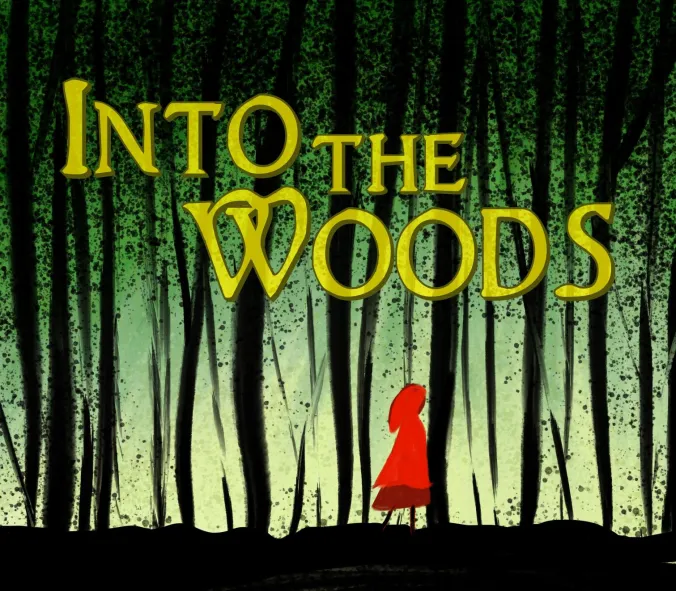
Measuring the distance to truly remote objects like galaxies, quasars and galaxy clusters is a crucial task in astrophysics, particularly when it comes to studying the early Universe, but it’s a difficult one. Only in the case of a few nearby objects like the Sun, planets and some nearby stars can we measure their distances directly. Beyond that, various indirect methods need to be used; one of the most important is by examining Type Ia supernovae, and this is where the NASA/ESA Hubble Space Telescope comes in.
NGC 3810, the galaxy featured in this image, was the host of a Type Ia supernova in 2022. In early 2023 Hubble focused on this and a number of other galaxies to closely examine recent Type Ia supernovae. This kind of supernova results from a white dwarf exploding, and they all have a very consistent brightness. That allows them to be used to measure distances: we know how bright a Type Ia supernova should be, so we can tell how far away it must be from how dim it appears. One uncertainty in this method is that intergalactic dust in between Earth and a supernova blocks some of its light. How do you know how much of the reduction in light is caused by distance, and how much by dust? With the help of Hubble, there’s a clever workaround: take images of the same Type Ia supernovae in ultraviolet light, which is almost completely blocked by dust, and in infrared light, which passes through dust almost unaffected. By carefully noting how much light comes through at each wavelength, the relationship between supernova brightness and distance can be calibrated to account for dust. Hubble can observe both these wavelengths of light in great detail with the same instrument. That makes it the perfect tool for this experiment, and indeed, some of the data used to make this beautiful image of NGC 3810 were focused on its 2022 supernova. You can see it as a point of light just below the galactic nucleus, or in the annotated image here.
There are many ways to measure cosmic distances; because Type Ia supernovae are so bright, they are one of the most useful and accurate tools, when they’re spotted. Many other methods must be used as well, either as an independent check against other distance measurements or to measure at much closer or farther distances. One such method that also works for galaxies is comparing their rotation speed to their brightness; based on that method, NGC 3810 is found to be 50 million light-years from Earth.
[Image Description: A spiral galaxy seen almost face-on. Large spiral arms whirl out from its centre, filling the scene. They glow faintly blue from the stars within, with some small bright patches of blue and pink marking areas of star formation. They are overlaid with thin filaments of dark reddish dust that block light. The galaxy’s centre shines brightly white.]
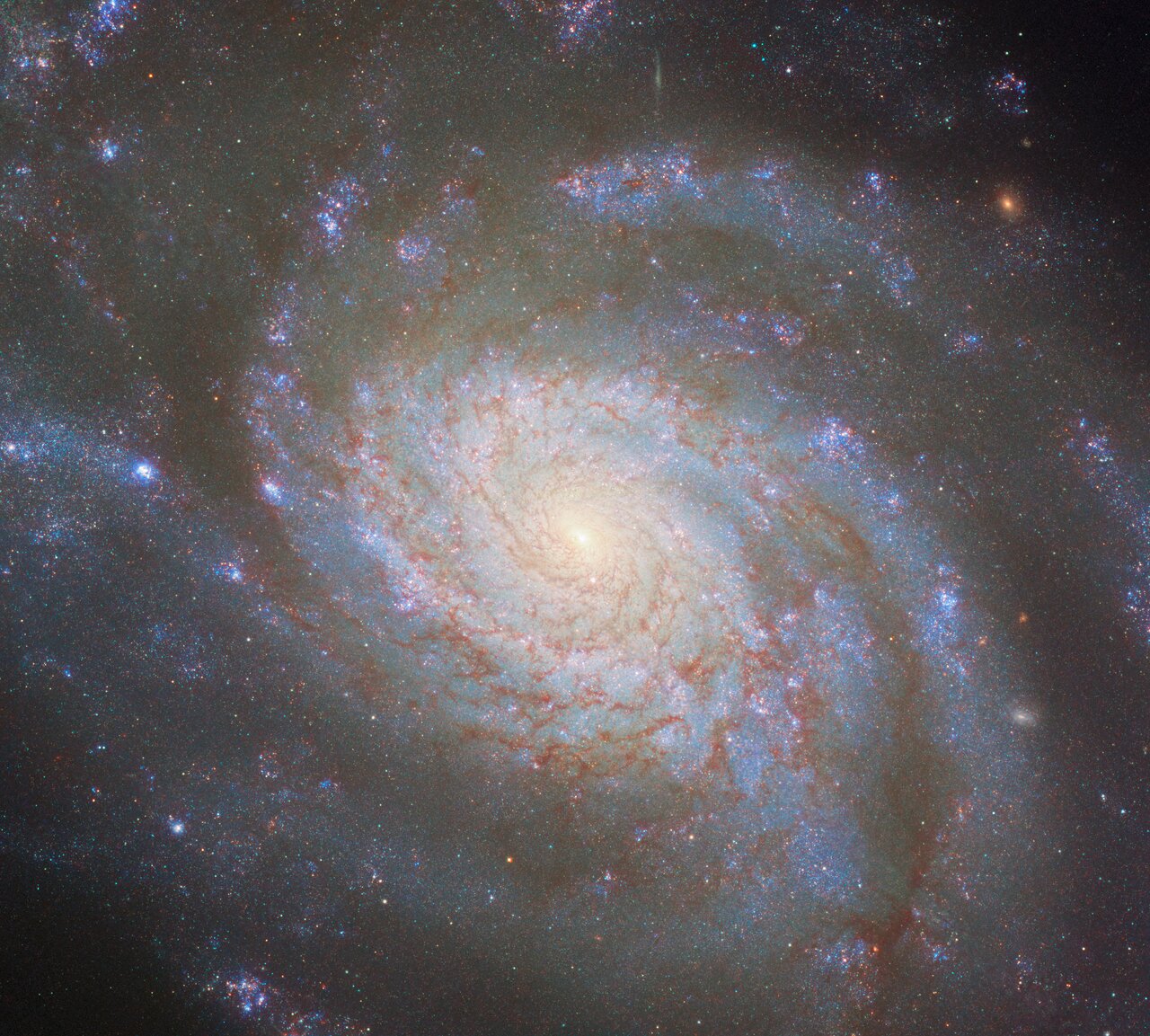
John Lee Johnson (born July 8, 1944), frequently known by the stage names Jai Johanny Johanson and Jaimoe, is an American drummer and percussionist. He is best known as one of the founding members of the Allman Brothers Band and, with the death of Dickey Betts on April 18, 2024, he is the last surviving original member of the band.
Johanson played with a number of Muscle Shoals and Memphis soul acts in the early-to-mid 1960s, such as Otis Redding and Sam and Dave, as a session and touring drummer. While recording and touring he would meet the various members of what would become the Allman Brothers Band. One of the few bands at the time to employ two drummers, alongside Butch Trucks, they drew on R&B, blues, jazz, country, and rock to create a unique variety of southern rock. Upon the death of founding bassist Berry Oakley in 1972, Johanson brought in frequent collaborator Lamar Williams to replace him.
more...Johnnie Clyde Johnson (July 8, 1924 – April 13, 2005) was an American pianist who played jazz, blues, and rock and roll. His work with Chuck Berry led to his induction into the Rock and Roll Hall of Fame. He was posthumously awarded the Congressional Gold Medal for breaking racial barriers in the military as a Montford Point Marine, where he endured racism and inspired social change while integrating the previously all-white Marine Corps during World War II.
Johnson was born in Fairmont, West Virginia, United States. He began playing the piano in 1928. During World War II, he joined the United States Marine Corps and became a member of Bobby Troup‘s all-serviceman jazz orchestra: the Barracudas. After his service, Johnson moved to Detroit and then Chicago, where he sat in with many notable artists, including Muddy Waters and Little Walter.
more...More Posts
- David Murray Day
- Smokey Robinson Day
- Louis “Kid Shots” Madison Day
- Jacques de Saint-Luc Day
- World Music with Chogo Prudente
- Daily Roots with Delroy Wilson
- The Cosmos with NGC 2174
- Randy Crawford Day
- Buddy Cage Memorial
- Irma Thomas Day
- De De Pierce Day
- World Music with Fatoumata Diwara
- Daily Roots with Dawn Penn
- Happy Presidents Day 2020
- The Cosmos with Abell 2744
- Fred Frith Day
- Noble “Thin Man” Watts Day
- Buddy DeFranco Day
- World Music with the Gloaming
- Daily Roots with Carlton and the Shoes
